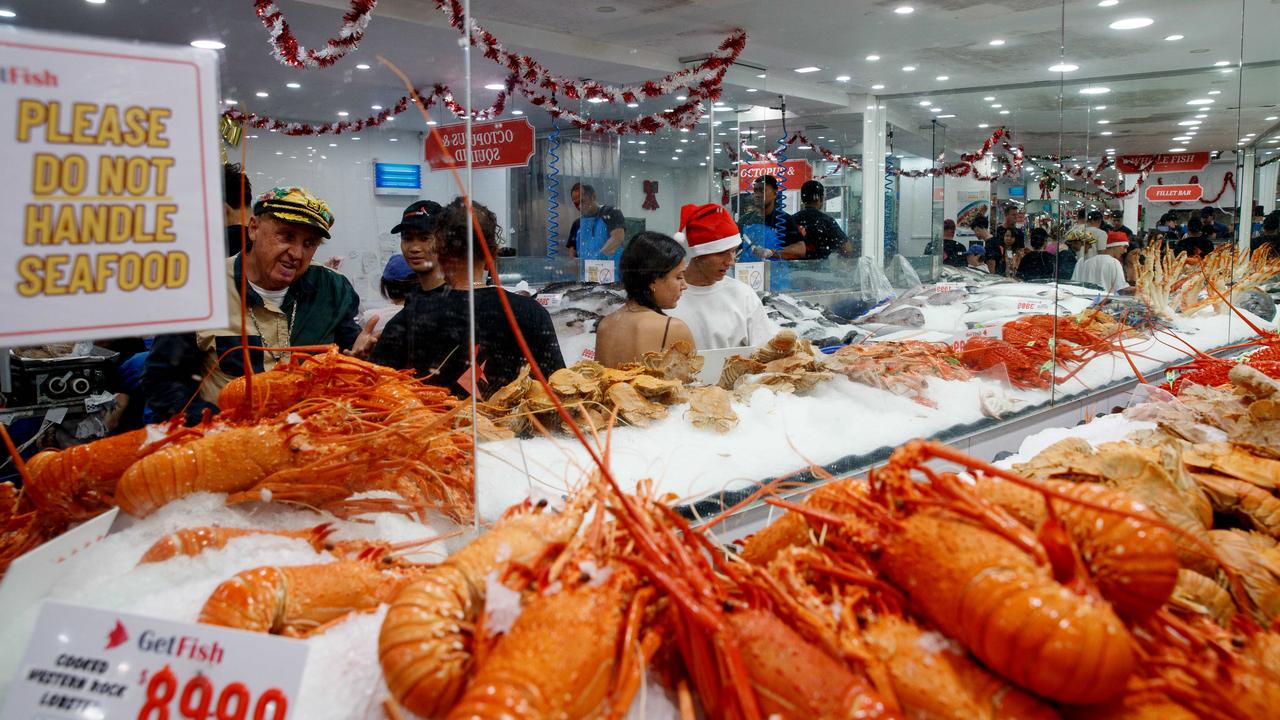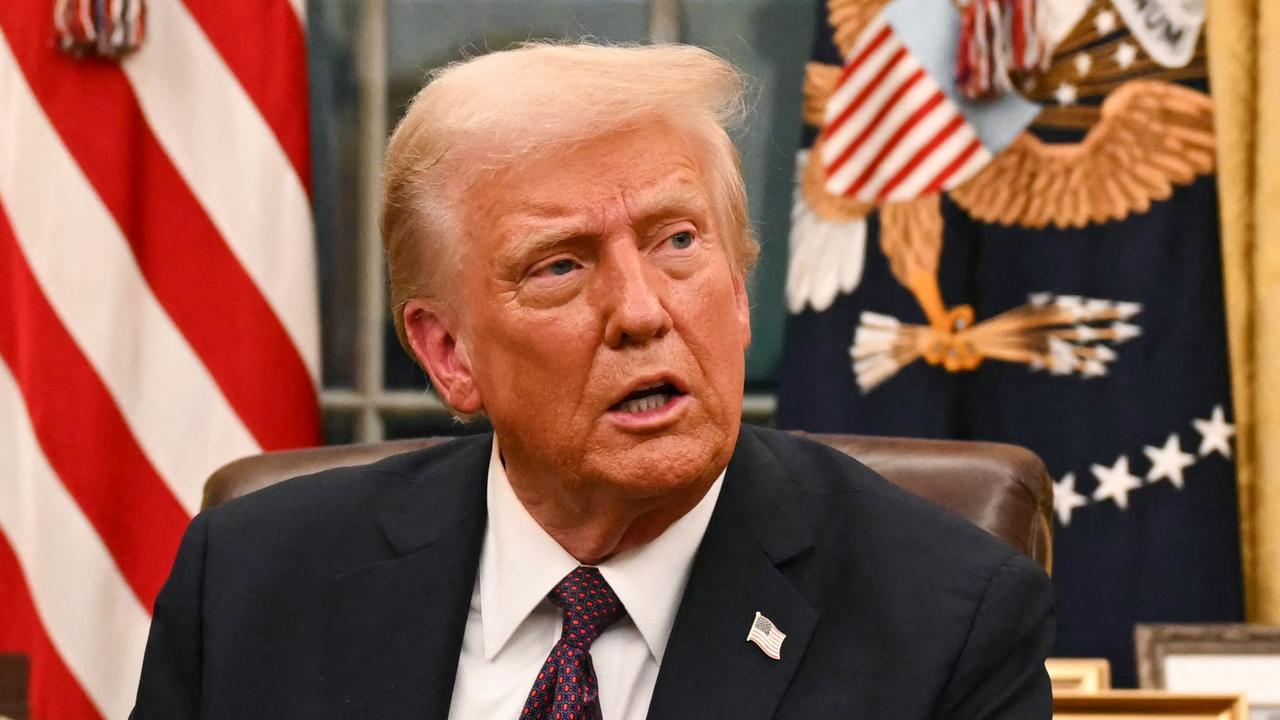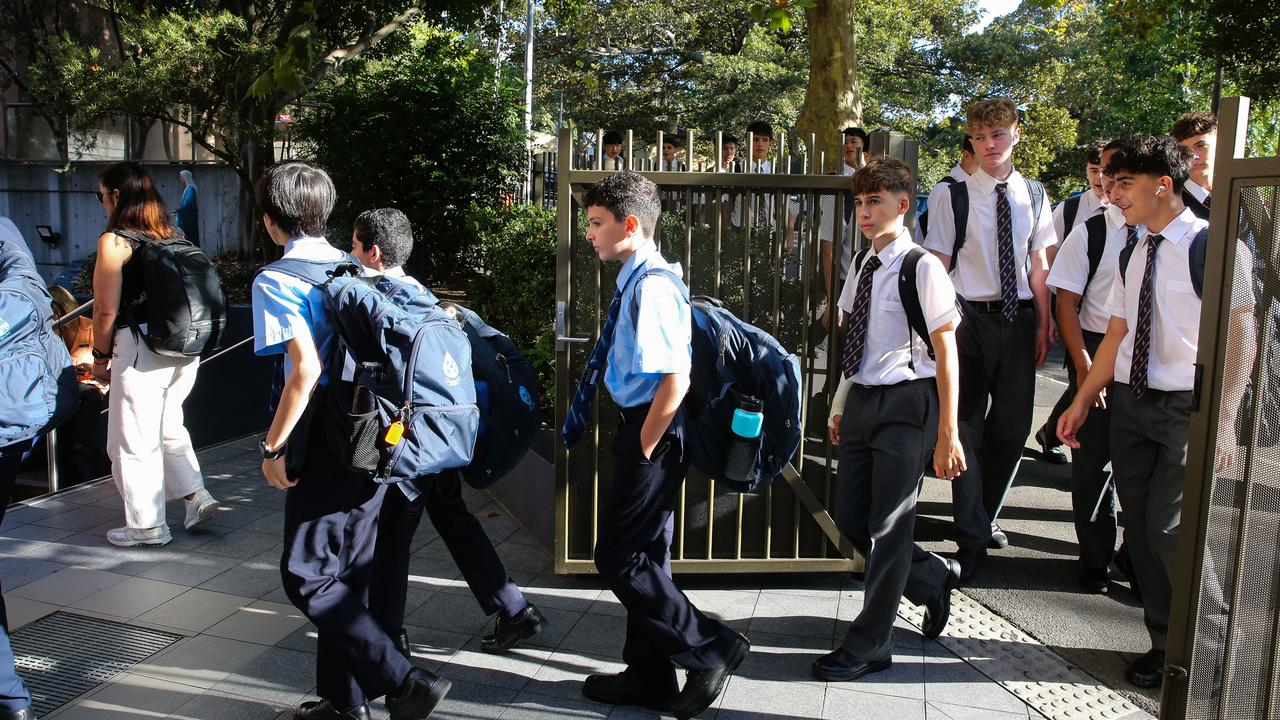Coronavirus: How long can Australia afford to choose saving lives over saving our economy?
America has no option but to fight the virus. Our success puts us in a different position. We get to make choices, but those choices are hard.
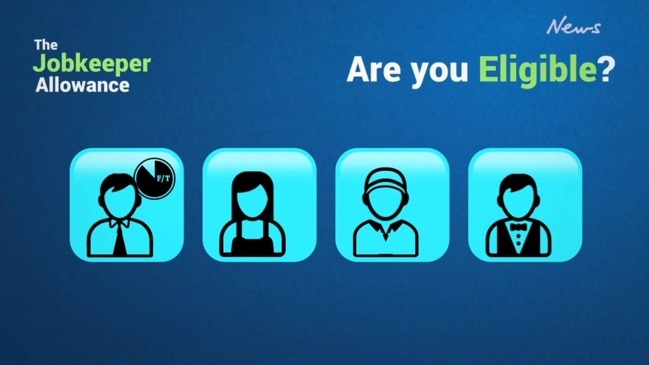
We can’t stay in lockdown forever. That much everyone agrees on. The question is how we get out and when.
The Prime Minister is priming Australia to expect six months.
“Through the actions we have taken to date, we have bought valuable time, to chart a way out over the next 6 months. But there are no guarantees, and it could well take far longer,” Mr Morrison told Parliament this week.
He has warned the country that the $550 jobseeker payment and the $1500 jobkeeper payment will eventually run out. “Finite,” he called them.
But nobody expects a vaccine in six months. It will take 18 months – if one comes at all. What happens between six months and 18 months? We could indeed be stuck in limbo for the “far longer” period the Prime Minister referred to.
“Charting a way out” in the next six months would be the best case scenario. Australia’s economy is in a coma, and it can bounce back brightly after a short break, probably not so different to the way the economy comes back to life each year after summer holidays.
The government is transfusing money into the economy in a dozen different ways to keep it alive, but without a true economic heartbeat, cash can’t reach every part of the economy that needs it. Jobs are already being lost. If the economy spends much longer than a few months in a coma, businesses will start to rot away and die, despite the government’s valiant efforts. I expect a lot of vacant shopfronts where cafes and take away shops used to be.
Avoiding that economic pain would be nice if it is possible – but not if we pay the price in death. Yes, Australia wants to save its baristas, but we want to save our parents and grandparents more. The question is whether we can save both.
RELATED: What you can and can’t do during Easter
RELATED: Crucial 72 hours that we must stay home
DO WE LOOSEN LOCKDOWN ALREADY?
In this pandemic, things move very fast. It’s a confusing time. The best case and worst case scenarios are on display at the same time in different countries. Here in Australia we look to have got on top of the virus extremely fast. Meanwhile in America, a tidal wave of death is sweeping across the nation.
Australia officially recorded 90 new cases of the novel coronavirus on Thursday, well below our peak of 450. America added 34,000 new cases, close to a new record.
In Australia 54 people have died overall. In the USA 1900 people died on Thursday alone, and the number is expected to be that high or higher each day over Easter.
America has its back to the wall. It has no option but to fight the virus. Our success puts us in a different position. We get to make choices, but those choices are hard.
SLACKEN AND BOUNCE
Some people think our success means the lockdown can start to end. The point of strangling the virus down is to go back to normal, right?
Other people think the difference between us and America is exactly why the lockdown shouldn’t end. They worry that any relaxation could waste our good work and send Australia back into an Italian or American situation.
That fear does seem justified. If a pandemic can quickly improve it can quickly worsen too. As this graph of the 1918 Spanish Flu shows, a disease that appears to have been beaten can have a punishing comeback.
RELATED: Tax Office reveals new working from home expenses rules
RELATED: Who gets extra money and when will it arrive?
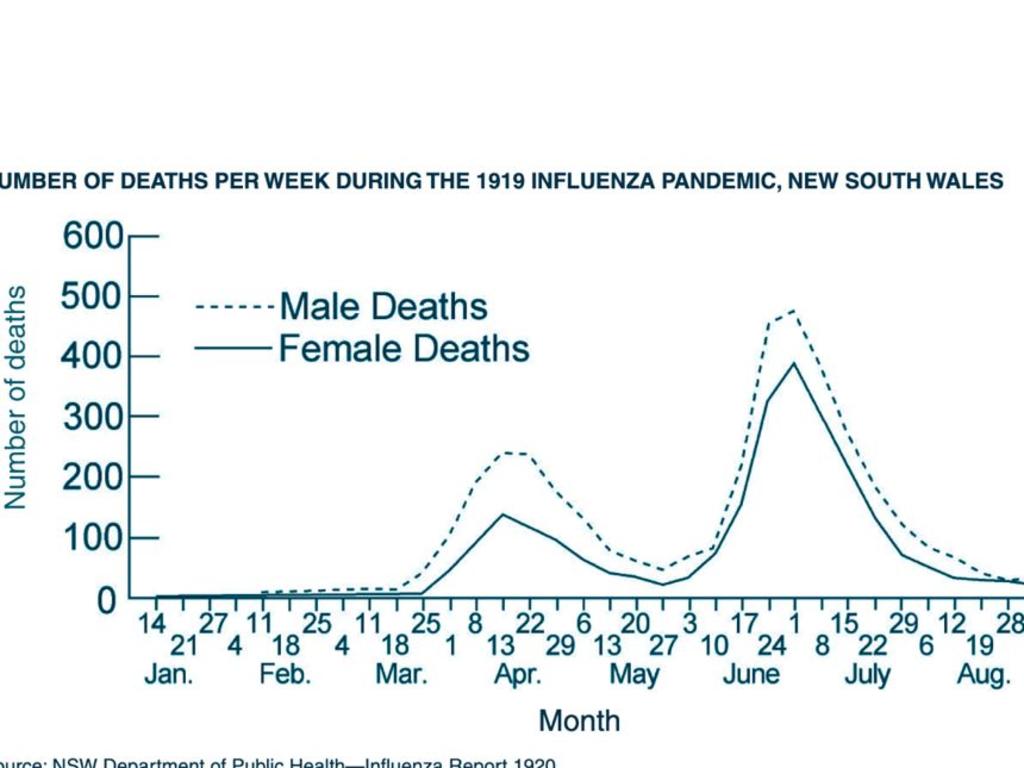
Meanwhile, Australia’s surprising success appears to have put a third option on the table: full eradication of the virus. Two weeks ago we were talking about flattening the curve so that thousands didn’t have to die; today we can talk of eradication. That’s how quickly things have moved.
Eradication is a nice dream – if we had several weeks without any new cases, we could open up internally. The borders would have to be very tightly sealed to visitors from countries with cases, however, because we would be in the position we are in now: Australians would have little immunity to the virus. A single case in a country without lockdown could lead to a big breakout at any moment.
If we go down the eradication path, it means resisting the temptation to loosen the lockdown just because we are making progress.
LOCKING DOWN SMARTER, NOT HARDER
Ultimately lockdown is about locking down invisible viral particles. At the moment we are using a very blunt instrument – telling everybody to stay at home. Over time we might be able to be a bit smarter.
That would be very welcome. My biggest worry is we end up loosening lockdown not because the virus is controlled, but because the economy is dying. A smarter lockdown should permit us to keep the virus in check longer than six months, giving us more hope of an eventual vaccine or an effective treatment.
I expect different lockdown rules in July than those we have in April, because we are learning very rapidly about what affects viral spread. Lessons are coming in from abroad already and they are showing the benefits of widespread testing for the virus and face masks.
If we test people more widely we should be able to lock down infected individuals and their contacts. We can also encourage the use of masks. That should reduce viral spread in public. Both of these should allow us slightly more freedom and give the economy a chance to tick along while we keep the virus in check. But the amount of testing that needs to be done is potentially enormous – one estimate is testing everybody once a fortnight, or millions of tests a week. That is not possible yet, but we should consider making it possible – by buying more testing kits and building more pathology labs.
RELATED: How to apply for the JobSeeker payment
RELATED: What $66 billion package means for workers, business
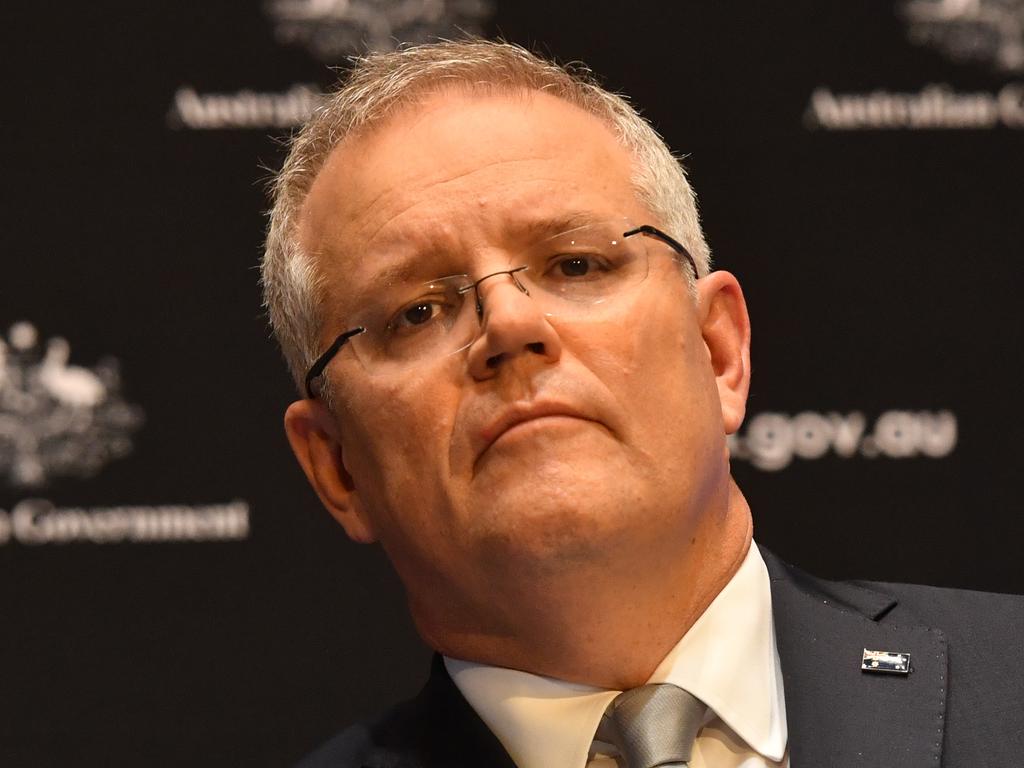
Also as the Prime Minister has said, “some states and territories might be in a position to move when others are not, then we will learn from the experience of those states that may have trialled things”.
The least affected states and territories are likely to be Australia’s guinea pigs. Tasmania, South Australia and Western Australia have relatively few cases, and it is likely they will be able to relax their rules first. Australia will be watching with fear and anticipation, hoping they succeed. Because otherwise we might face very difficult choices when the six months is up.
Jason Murphy is an economist | @jasemurphy. He is the author of the book Incentivology.


